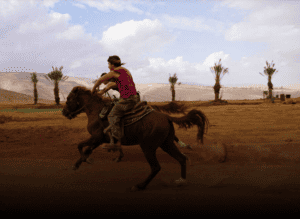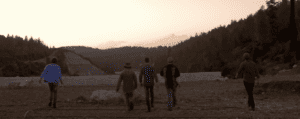As I stood overlooking the City of David, the Bible came alive before my eyes. I could see King David building these walls, I could hear the prophecies of Jeremiah ringing off the ancient walls. It’s hard to believe this site was only discovered 150 years ago.
Over 3,000 years ago, King David left the city of Hebron to establish the seat of the Jewish Kingdom in Jerusalem. Years later, King David’s son Solomon built the First Temple on Mount Moriah, where the story of the binding of Isaac took place. Today, this controversial hilltop is known in Hebrew as “Har HaBayit,” or more famously Temple Mount. Adjacent to Temple Mount is the ancient City of David, an archaeological site and revived settlement community, where Jews have returned to live. Until just 150 years ago, the world thought that the Ancient City of Jerusalem lay within the confines of the Old City Walls.
In 1867, British archaeologist Charles Warren was digging in the area around the Old City of Jerusalem. The Ottomans did not allow digging on Temple Mount, which turned out to be a wonderful thing for Warren, as it allowed him to discover the Ancient Biblical City of David. The city was hidden for nearly 2,000 years, and Warren uncovered it, beginning a journey of 150 years of digging and discovery. New artifacts and archaeological sites are still being uncovered today, giving us insight into Biblical Israel. Until Warren’s discovery, people thought that ancient Jerusalem was limited to the confines of the Old City Walls. Warren’s discovery changed that misconception.
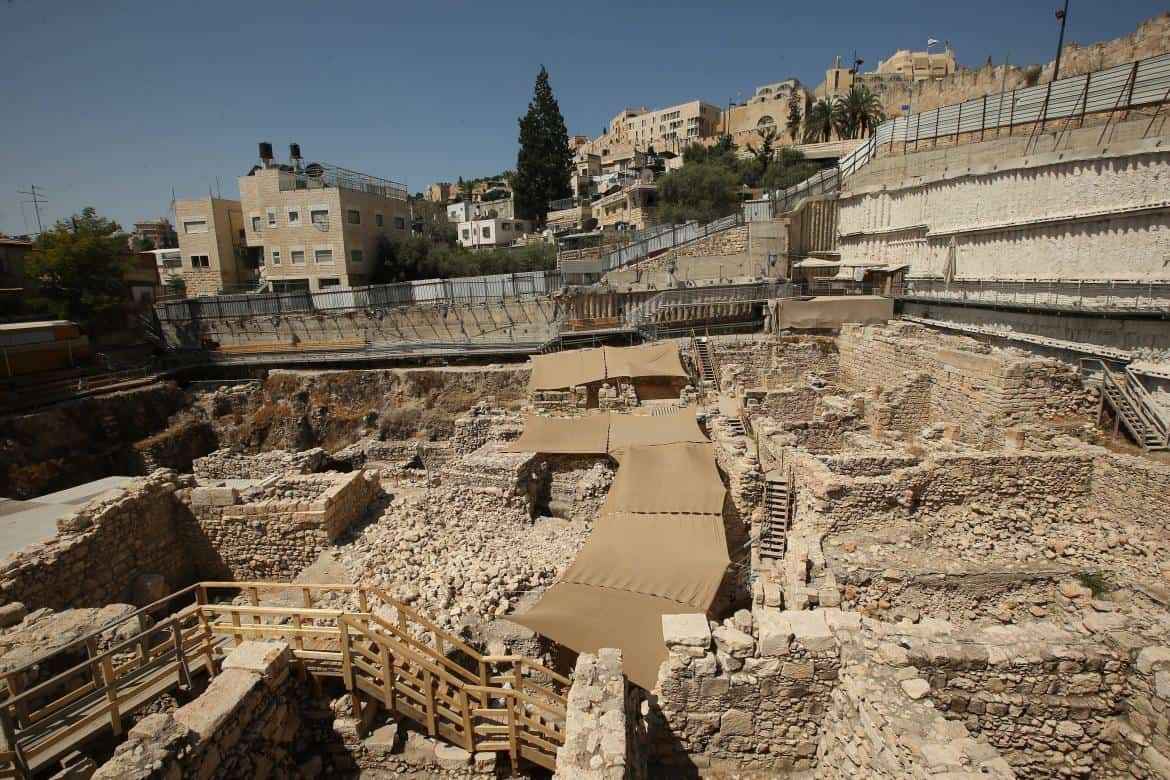 Givati Parking Lot excavation – City of David archives by Eliyahu Yanai
Givati Parking Lot excavation – City of David archives by Eliyahu Yanai
Recently The United Nations Educational, Scientific and Cultural Organization (UNESCO) made claims that the Jewish People had no historical claim to Jerusalem. The artifacts found in the City of David provide irrefutable proof of the Jewish People’s ties to Jerusalem, dating back over 3,000 years. One such artifact was a bulla, an ancient stamp. When the archaeologists examined this bulla, they found a name on the stamp. In the Book of Jeremiah, when Jeremiah was prophesizing the destruction of Jerusalem, a messenger warned King Zedekiah that people were fleeing due to Jeremiah’s warnings and advised him to kill the prophet. Zedekiah sent this messenger to kill Jeremiah, “And Zedekiah the king sent Jehucal the son of Shelemiah,” (Jeremiah 37:3). Jehucal the son of Shelemiah, the man sent to kill Jeremiah, his name was found on this ancient bulla.
Somehow, international critics were still skeptical of the connection between the bulla and the messenger in the Book of Jeremiah. Their skepticism was proved wrong when another bulla was miraculously found. This bulla has the name of another significant figure from the Book of Jeremiah. Juhucal the son of Shelemiah did no go to Jeremiah alone; he brought Gedaliah the son of Pashhur with him (Jeremiah 38:1). Gedaliah the son of Pashhur is the name found on the second bulla, undeniably proving the presence of the Jewish people in the City of David 3,000 years ago, and the truth of the Bible, bringing these characters back to life to guide us on a path of discovery.
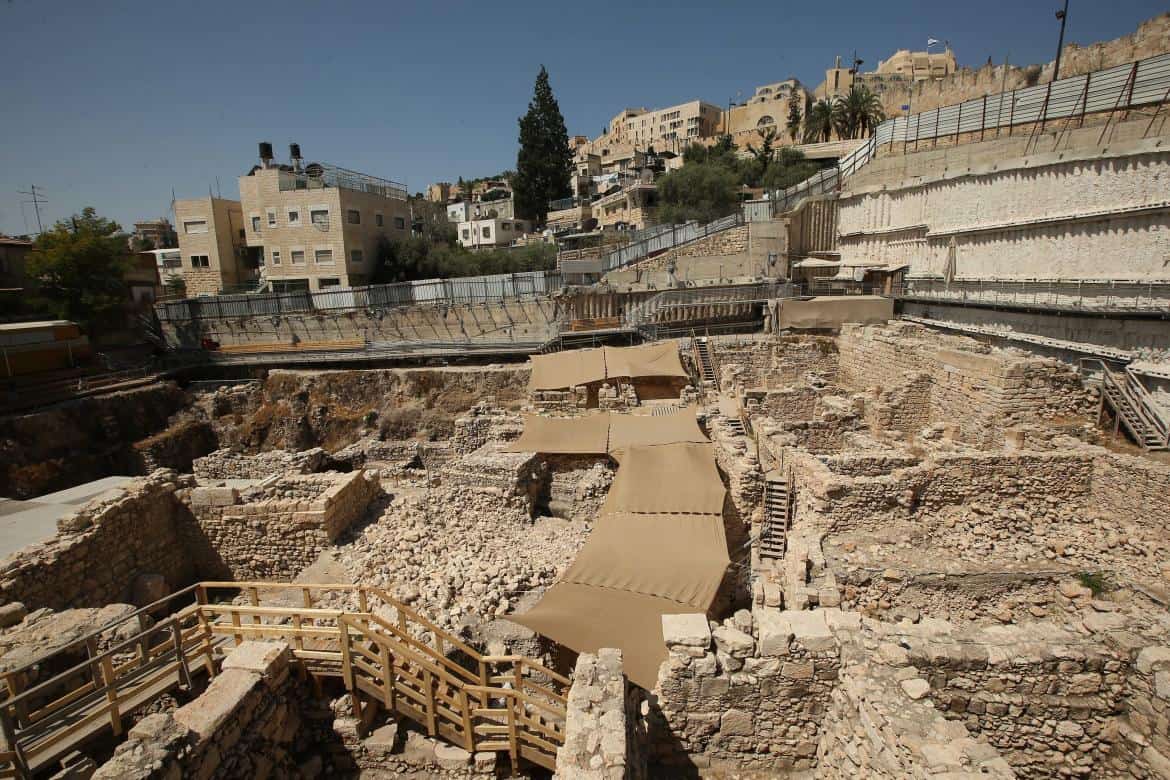 Area G – City of David archives by Kobi Harati
Area G – City of David archives by Kobi Harati
Around twelve years ago, archaeologists discovered the Siloam Pool at the bottom of the City of David. This massive pool is the size of two olympic pools. This pool clearly held deep significance to the Jewish people, as it was one of the Prophet Nehemiah’s first stops upon returning to Israel, “And the fountain gate repaired Shallun the son of Colhozeh, the ruler of the district of Mizpah; he built it, and covered it, and set up the doors thereof, the bolts thereof, and the bars thereof, and the wall of the pool of Shelah by the king’s garden, even unto the stairs that go down from the city of David.” (Nehemiah 3: 15). But what is the significance of this pool?
Professor Ronny Reich hypothesized that this pool was used as a mikvah, a ritual bath, for the pilgrims who visited Jerusalem three times a year. In order to prove his theory, he knew that he had to find a path leading from this pool straight to Temple Mount. He did, in fact, find such a road, at 22 feet wide and 2,000 feet long. This road is currently being excavated, and will be open to the public in three years. People will enter the Old City through a new gate – a new gate that dates back 3,000 years. The Israeli government stands by the City of David and its significant discoveries, and has granted over 46 million shekels for the completion of this project. They are also building a cable from Jerusalem’s Old Train Station to the pool, bringing 3,000 people an hour to the City of David. “This is really an acknowledgement of the State of Israel of the centrality of the City of David as the source that proves the connection of the Jewish people to the State of Israel,” says Spielman.
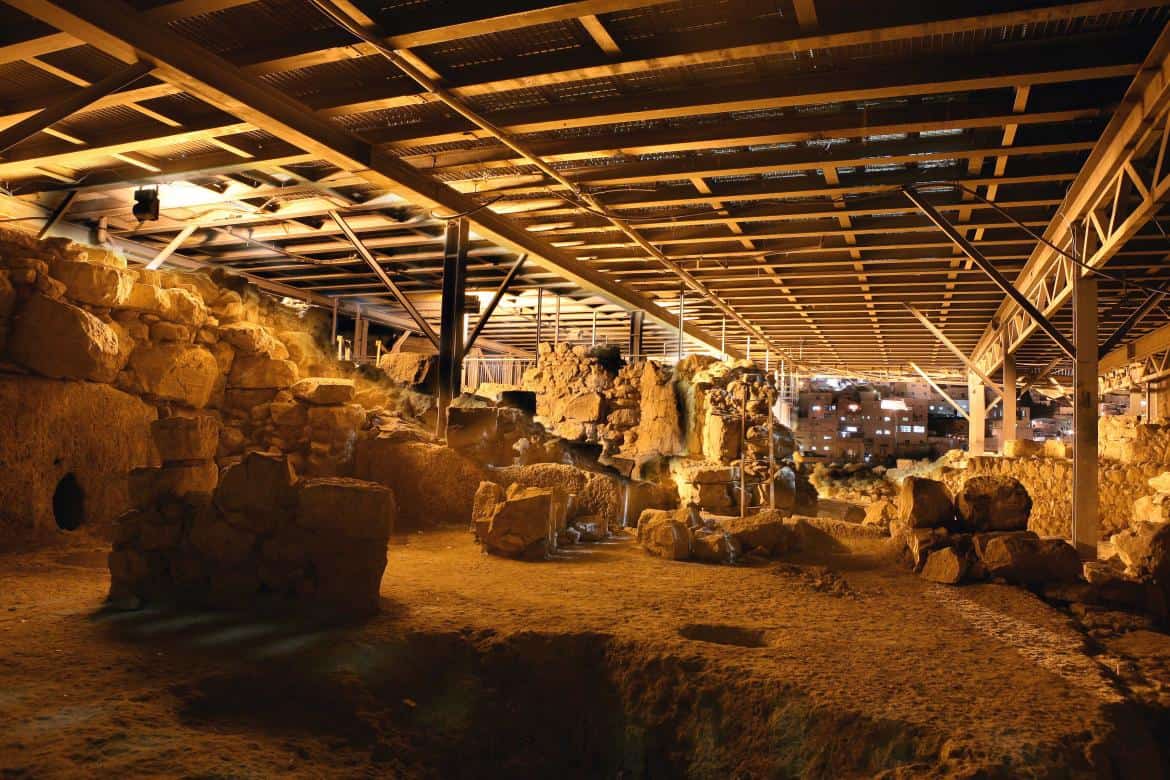 King David’s palace – City of David archives by Avi Balaban
King David’s palace – City of David archives by Avi Balaban
UNESCO has been denying the Jewish People’s ties to Jerusalem. The City of David is viewed today in the United States Congress as an answer to UNESCO. There is a bill in congress that points out the lies in UNESCO’s report about Jerusalem, and reiterated the connection of the Jewish people to the Land of Israel and the city of Jerusalem. The City of David has taken on such a central role in the connection to the Jewish people and the Land of Israel, that the City of David is mentioned in this bill seven times. The excavation of the City of David provides us with 2,000 years of history which strengthens Jewish life today in israel.
A new coin was recently discovered on the 17th of the Jewish month of Tammuz. It is a coin from the fourth year of the Jewish rebellion in 70 AD, before the destruction of the Second Temple. This coin had no monetary value, but was a symbol of the Jewish rebellion, a symbol of defiance and the will of the Jewish people to remain in the Land of Israel. In 71 AD, after the Romans destroyed the Temple, they minted the Judea Capata coin. This coin was the most vastly produced coin of the Roman Empire, with 48 editions minted. The Judea Capata coin was the Roman symbol of the destruction of Jerusalem and their way of spreading the message that Judah had been captured, and that in their eyes, the story was over. Little did they know that 2,000 years later, Jewish archaeologists would discover a Jewish rebellion coin from that time. There are no Ancient Romans still around today, but the Jewish people have returned to the sovereign State of Israel. This little revolt coin is a symbol of the role of the Jewish people – we stand above time, showing God’s intervention in keeping the Jewish people around against all odds. Against everything that we faced, and the hope of 2,000 years extends to this day.
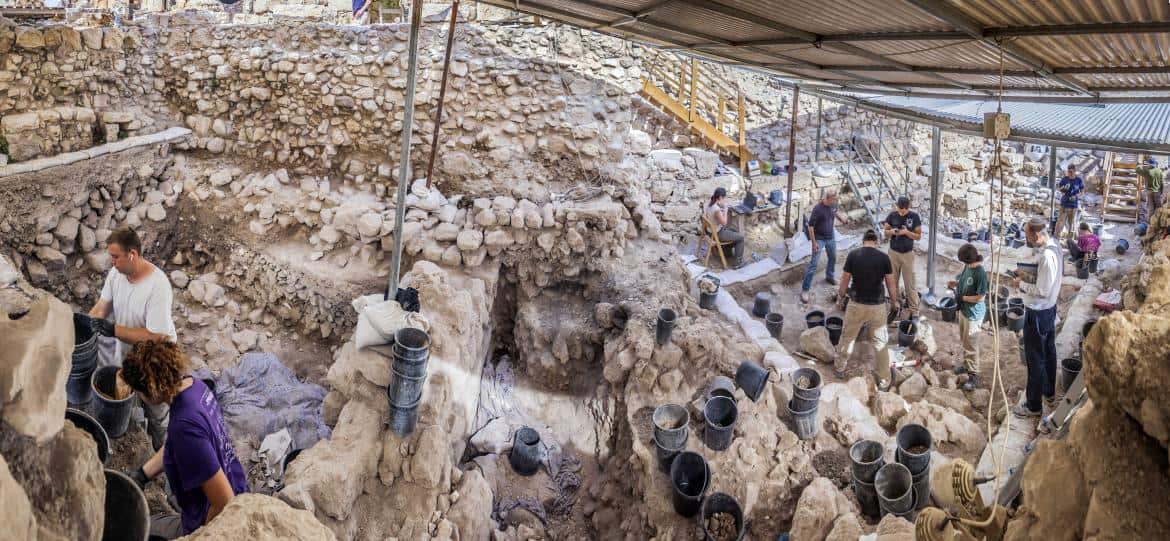 Givati Parking Lot excavation – City of David archives by Kobi Harati
Givati Parking Lot excavation – City of David archives by Kobi Harati

